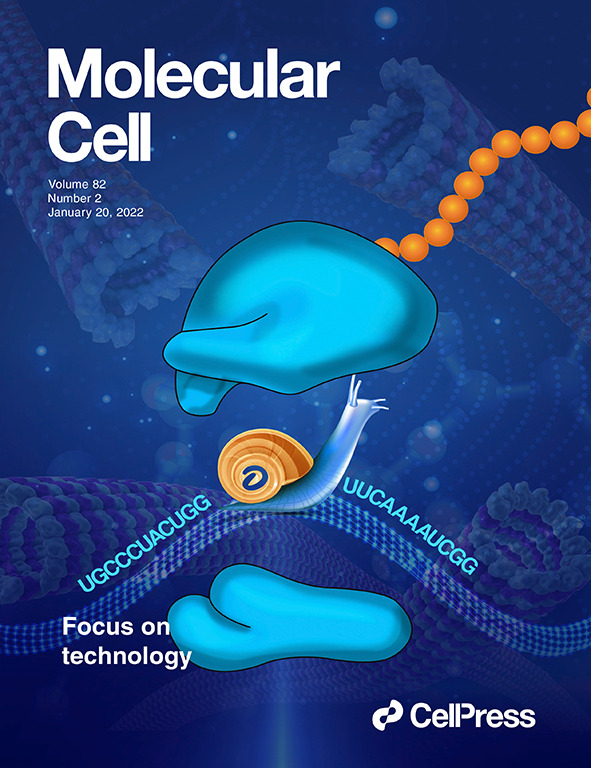Optogenetics to biomolecular phase separation in neurodegenerative diseases
IF 6.5
3区 生物学
Q2 BIOCHEMISTRY & MOLECULAR BIOLOGY
引用次数: 0
Abstract
Neurodegenerative diseases involve toxic protein aggregation. Recent evidence suggests that biomolecular phase separation, a process in which proteins and nucleic acids form dynamic, liquid-like condensates, plays a key role in this aggregation. Optogenetics, originally developed to control neuronal activity with light, has emerged as a powerful tool to investigate phase separation in living systems. This is achieved by fusing disease-associated proteins to light-sensitive oligomerization domains, enabling researchers to induce or reverse condensate formation with precise spatial and temporal control. This review highlights how optogenetic systems such as OptoDroplet are being used to dissect the mechanisms of neurodegenerative disease. We examine how these tools have been applied in models of neurodegenerative diseases, such as amyotrophic lateral sclerosis, Alzheimer’s, Parkinson’s, and Huntington’s disease. These studies implicate small oligomeric aggregates as key drivers of toxicity and highlight new opportunities for therapeutic screening. Finally, we discuss advances in light-controlled dissolution of condensates and future directions for applying optogenetics to combat neurodegeneration. By enabling precise, dynamic control of protein phase behavior in living systems, optogenetic approaches provide a powerful framework for elucidating disease mechanisms and informing the development of targeted therapies.
神经退行性疾病的光遗传学与生物分子相分离。
神经退行性疾病涉及毒性蛋白聚集。最近的证据表明,生物分子相分离,蛋白质和核酸形成动态的液体状凝聚体的过程,在这种聚集中起着关键作用。光遗传学最初是为了用光控制神经元活动而发展起来的,现在已经成为研究生命系统中相分离的有力工具。这是通过将疾病相关蛋白融合到光敏寡聚化结构域来实现的,使研究人员能够通过精确的空间和时间控制诱导或逆转冷凝物的形成。本文综述了光遗传系统(如OptoDroplet)如何被用于分析神经退行性疾病的机制。我们研究了这些工具如何应用于神经退行性疾病的模型,如肌萎缩性侧索硬化症、阿尔茨海默病、帕金森病和亨廷顿病。这些研究表明,小的寡聚物聚集体是毒性的关键驱动因素,并强调了治疗筛选的新机会。最后,我们讨论了光遗传学在光控制凝聚物溶解方面的研究进展,以及应用光遗传学治疗神经退行性疾病的未来方向。通过对生命系统中蛋白质相行为的精确、动态控制,光遗传学方法为阐明疾病机制和为靶向治疗的发展提供了强有力的框架。
本文章由计算机程序翻译,如有差异,请以英文原文为准。
求助全文
约1分钟内获得全文
求助全文
来源期刊

Molecules and Cells
生物-生化与分子生物学
CiteScore
6.60
自引率
10.50%
发文量
83
审稿时长
2.3 months
期刊介绍:
Molecules and Cells is an international on-line open-access journal devoted to the advancement and dissemination of fundamental knowledge in molecular and cellular biology. It was launched in 1990 and ISO abbreviation is "Mol. Cells". Reports on a broad range of topics of general interest to molecular and cell biologists are published. It is published on the last day of each month by the Korean Society for Molecular and Cellular Biology.
 求助内容:
求助内容: 应助结果提醒方式:
应助结果提醒方式:


